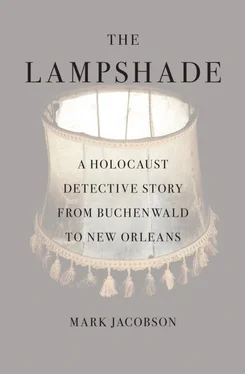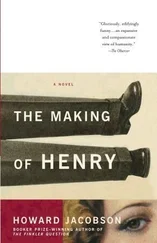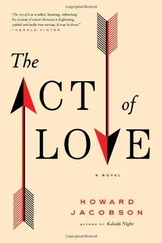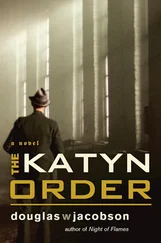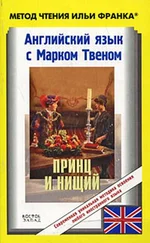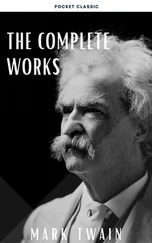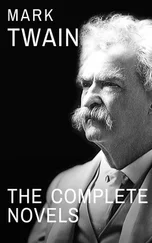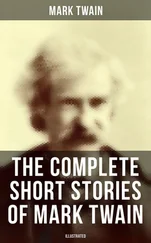The worst of all the evacuations was Ivan, the category 3 storm in 2004. Skip and his family were on the Crescent City Connection, the double-span bridge over the river, when one of his wrinkle-faced English bulldogs, Ike, brother to Tina, began wheezing and then dropped dead in the front seat. Stuck in panicked, unmoving traffic, hours passed before Skip could get off the bridge and pull the animal’s body out of the car. It was awful, but in the end Ivan veered off, to Alabama or some other redneck wherever. The bullet had been dodged. New Orleans was saved, yet again spared by the grace of God to continue its cheesy cycle of decay.
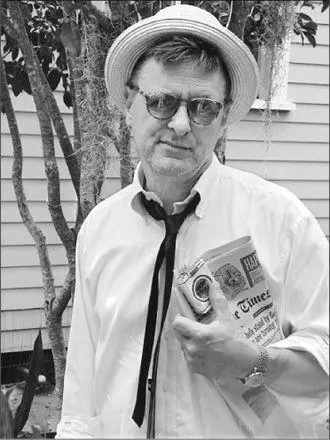
Skip Henderson
Still, who could have foreseen Katrina? Certainly the storm was big, hundreds of miles across; on the radar it pulsed like a medicine ball of pain, its outer bands extending from Pensacola all the way to the Yucatán. On the TV screen it seemed to cover the entire Gulf, and the Gulf was a thousand miles wide! The National Weather Service had released that mind-boggling warning that should the hurricane maintain its strength, most of New Orleans would be “uninhabitable for weeks, perhaps longer,” that “all gabled roofs will fail,” that “water shortages will make human suffering incredible by modern standards.”
But that had been said before, Skip thought, packing the car one more time. Why should this time be any different?
For Skip Henderson, as for so many others, what had happened in New Orleans during Katrina didn’t fully sink in until he returned to the city nearly two months after the storm. It was one thing to sit numb in front of the TV at his in-laws’ house in Alabama, watching the merciless timeline unspool: the bungling, frightened response by the city government, the breaching of the levees, the failure of the pumps, the horrors of the Superdome and the Convention Center, the people on the roofs, the bodies in the water, the looting and the shooting, Bush in his plane, Brownie doing “a heck of a job.” Sixteen hundred people dead, the beloved city shattered, its population dispersed, often at gunpoint, throughout the country; the news was too horrible to take in all at once.
To be back, however, in the first wave of those to return: that was the real shock.
After eight weeks without power, his refrigerator was so foul that Skip hauled the box out onto the sidewalk and blasted it full of holes with his pistol grip shotgun. This was pretty much his only damage, besides some downed trees. Along with the French Quarter, Marigny, and parts of the Garden District, the Bywater, where Skip had bought his place because the area reminded him of a sketchier circa 1981 East Village in New York, is part of the “sliver by the river”—higher ground, if only by a foot or so. That made Skip a survivor, at least real estate—wise, whatever that was worth in the decimated town. In those early days, with his family still in Alabama and the town so closed up you had to go to the Quarter just to drink a beer, Skip started driving around. He drove around every day for weeks, from morning until the nighttime curfew, when he locked himself inside his house and sweated.
He called it the Magical Misery Tour, not that there was any set itinerary. Nothing was where it should be. Houses were in the water and boats were on dry land, sometimes on top of houses. On Napoleon Avenue, an ultrasound machine sat in the middle of the street for weeks. Over on Martin Luther King Jr. it was a dentist’s chair, the spit bowl still attached. With the streetlights out and the stop signs blown away, these objects created a new traffic pattern. Life, as it had been lived, was gone. Skip drove past Robert’s Supermarket, where he had shopped twice a week, and Charity Hospital, where half the city’s babies had been born, and one look told him: they’ll never be back.
You never knew what might turn up. One day Skip passed a burning house in the Central City section and was amazed when a fire truck tore around the corner, sirens blaring. After the storm, many fires went untended. But there they were, the NOFD, hatchets in hand, pulling hose, just like the firemen kids dream of growing up to be, in real cities. The problem was there was no water pressure in the hydrant. The firefighters stood there looking at the dribbling nozzle as if it were the end of a kinked garden hose. Then, seemingly from nowhere, a helicopter appeared overhead. Dangling from the chopper’s bottom was a giant canvas scoop, which opened, dropping thousands of gallons of water on the blaze. With the house transformed into a steaming hulk, the firemen and helicopter departed. Why this particular house, modest at best before the storm, had been chosen to receive special treatment from the local authorities and then was left to rot away along with the rest of the neighborhood was hard to figure, but Katrina was full of mysteries.
One day in early 2006 the only thing Skip Henderson planned to do was go over to Mickey Markey Park at Royal and Piety streets in the Bywater to see if he could stand to vote for Ron Forman in the upcoming mayoral election. Forman was shaking hands and giving out balloons to the kids at the park. Ordinarily, Skip would never consider supporting a moneyed candidate like Forman, head of the decidedly uptown, if relatively liberal-minded, Audubon Nature Institute, which watched over the zoo and aquarium. But only months after Katrina, with the National Guard driving around the neighborhood in Hummers, this was a different sort of election.
For a hundred years people have said if you want to know what’s up in New Orleans politics, see who parades with whom on Mardi Gras. The fact that everyone wears a mask didn’t really hamper identification. You knew who they were. Of all American cities, there’s no place where the circumstances of one’s birth count so much as in New Orleans. The rich St. Charles Avenue white people are most often found marching with the elaborate old-line krewes, Proteus and Rex. In earlier times some of these celebrants might have paraded, as a good number of their grandparents no doubt did, with the Mystick Krewe of Comus. Named for the Greek god of revelry and nocturnal dalliance, Comus was the first of the Mardi Gras parading societies. Founded in 1856 and long the voice of upper-class racialism—in 1877 the theme of the parade was a celebration of “the Aryan Race”—Comus always held the biggest balls and rolled the grandest floats. One of the last openly segregated organizations in New Orleans, Comus refused to allow blacks in their processions. In 1991, served with a court order restraining them from parading unless they disclosed their membership—seen as a de facto order to integrate—Comus’s response was simply to stop parading.
If New Orleans politics are pretty much race politics, the opposite number to the uptown white parades has long been the Zulu Social Aid and Pleasure Club, since 1909 the primary African-American Mardi Gras krewe. Zulu, as everyone calls it, presents itself as an all-inclusive, solidarity-based event, but this is misleading, given the complex history of race mixing in New Orleans, where light-skinned “Creoles” have long enjoyed social and financial benefits not readily available to their darker-hued brethren. In political terms, this caste system is expressed in “the paper bag test”: the large majority of the town’s African-American leading businessmen and politicians tend to be lighter in color than a UP #3 paper bag. From this circle came people like Dutch Morial, who was elected the city’s first black mayor in 1978, his son Marc, who served from 1994 to 2002, and the holder of the office during Katrina, C. Ray Nagin.
Читать дальше
